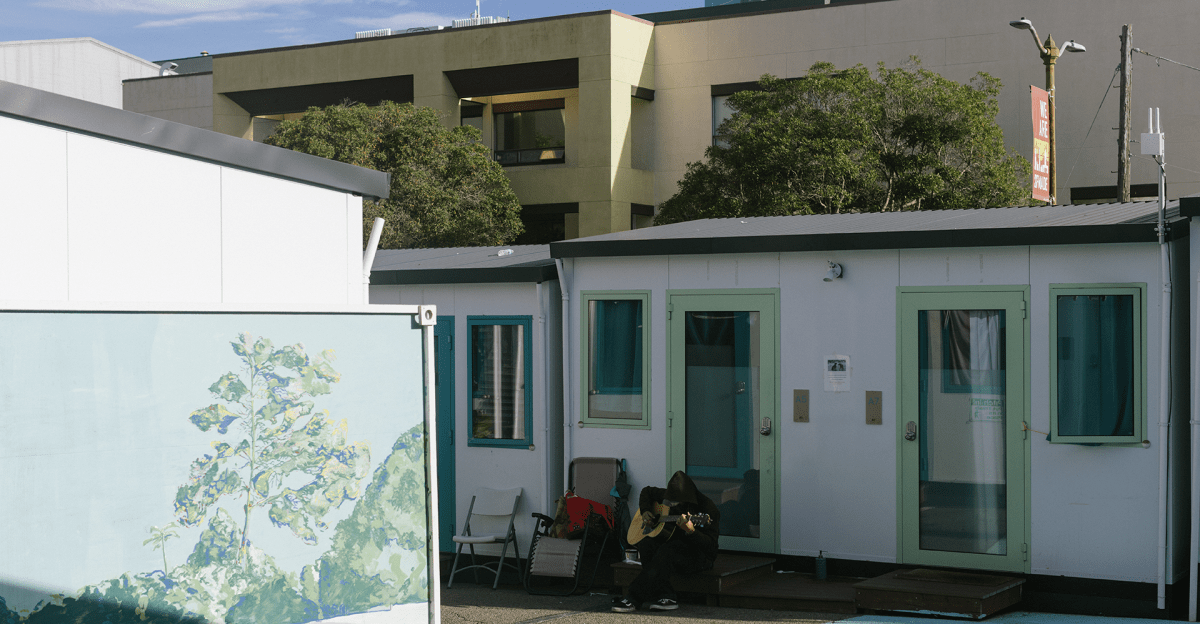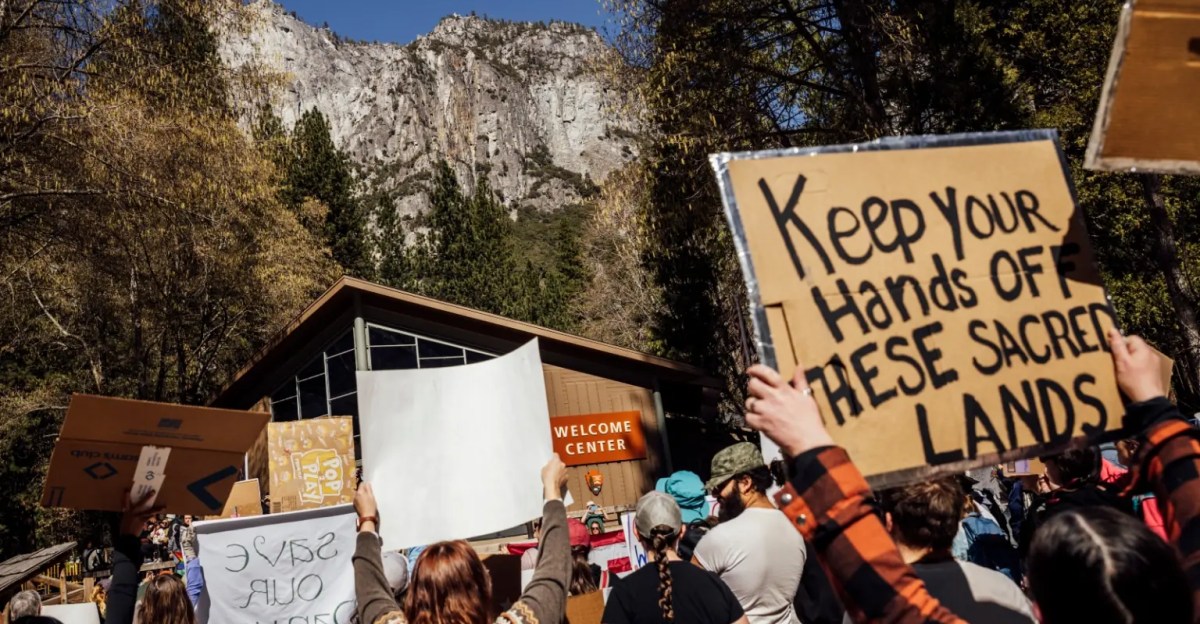Now Reading: Cities are trying a new approach to clearing homeless tent encampments
-
01
Cities are trying a new approach to clearing homeless tent encampments
Cities are trying a new approach to clearing homeless tent encampments

California is swiftly changing its strategy on homeless tent encampments following a Supreme Court ruling last year permitting cities to enforce anti-camping bans, even if individuals have no alternative shelter. The decision in the Grants Pass v. Johnson case has encouraged cities to dismantle such encampments and expand temporary housing options like tiny house shelters and motel rooms to swiftly relocate people off the streets.
Approximately 275,000 people are living without shelter in the US, with more than half of them in California. Critics are concerned that this approach may create a two-tiered housing system that masks rather than resolves the crisis. However, the ability to construct temporary housing units more rapidly (around five months compared to five years for permanent supportive housing) and at a lower cost (approximately $50,000 to $100,000 per unit versus $600,000 to $1 million per unit) has presented elected officials with an appealing policy solution to address their growing political challenges.
In California, where homelessness has become a significant political issue and a symbol of the state’s governance struggles, cities are eager to demonstrate progress on their streets. San Jose Mayor Matt Mahan has shown particular enthusiasm for tiny house shelters, proposing to allocate a significant portion of his city’s housing funds towards increasing production. Since his reelection, Mahan has committed to constructing over 1,000 new temporary housing units by the end of 2025 and has expressed a willingness to take stronger measures, including arresting homeless individuals who repeatedly refuse shelter.
The shift towards a more assertive approach is also evident in San Francisco under the leadership of Mayor Daniel Lurie. Tent encampments have decreased in the city, reaching the lowest level since tracking began in 2019, while crime rates have also declined. The number of homeless people arrested has risen, with nearly 120 arrests in March alone, the highest in seven years. This trend has been attributed to the Grants Pass decision.
The move towards interim housing has gained momentum beyond city administrations, with state lawmakers passing the Interim Housing Act in support of tiny houses. Former San Jose Mayor and current US Rep. Sam Liccardo is working on federal legislation to allow Housing Choice Vouchers to fund interim housing options. Advocates like Elizabeth Funk are leading efforts to expand tiny house shelters in California, citing the Grants Pass ruling as a driving force.
The debate continues on the effectiveness of addressing homelessness through interim housing models. While some advocate for longer-term availability of interim housing units, others express concerns about diverting funds from permanent housing solutions. The key challenge remains in sustaining these interim housing communities financially to ensure residents can access necessary services and support.
The focus on achieving “functional zero unsheltered homelessness” has sparked a conversation among policymakers and advocates in California. While there is a push to address street homelessness, some argue that the emphasis should also be on addressing sheltered homelessness and providing pathways to permanent housing. The debate underscores the complexity of the homelessness crisis and the need for a comprehensive and sustainable approach to address the root causes.






